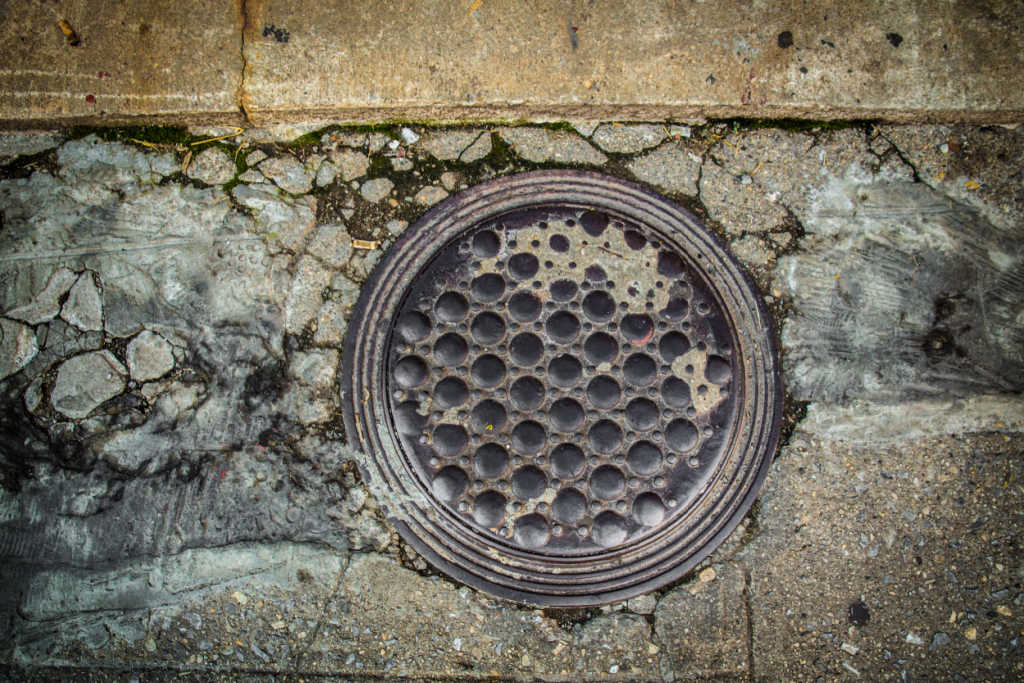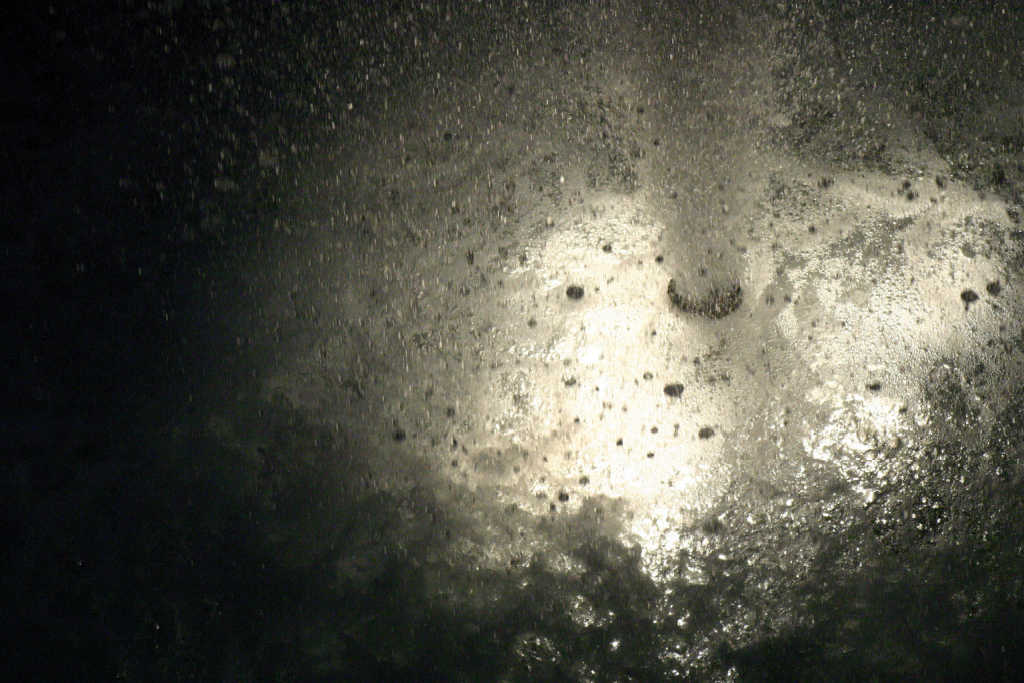The first step to take if you suspect a plumbing problem is to conduct an initial plumbing check. You should inspect the pipes for corrosion, damage, and leaks. You can also check the speed of water drainage. These are simple plumbing checks that can help you find the problem before it gets worse.
Examine the pipes for corrosion
One way to determine whether your pipes are corroded is by looking at the water quality. If you notice the water in your bathtub or sink is metallic in taste, corrosion may be the cause. Corrosion weakens metal pipes, making them more susceptible to breakage and leaks.
You can also check the material of the pipes to see if they are corroding. Certain materials react more readily to corrosion than others. For example, metal pipes may be more susceptible to rusting than other types of pipes. To check the material of your pipes, use a corrosion test.

If you notice a brown or yellow coating, you may have a problem with corrosion. Fortunately, it is possible to treat this problem yourself by using a pipe cleaner. However, it is a good idea to call a professional plumber for a thorough assessment of your pipes.
Corrosion is a common problem, and you shouldn’t ignore it. If it goes untreated, it can lead to expensive repairs. The only way to ensure your pipes are in good shape is to make sure they’re free from corrosion. One way to do this is to use a video camera to look at the pipes and identify the cause.
Corrosion can also affect the water quality and may result in leaks and water damage. Corrosion can also affect the health of you and your family if it gets into the air. Inspecting the pipes on a regular basis is the best way to avoid costly repairs.
Examine the drain lines for damage
When doing an initial plumbing check, it’s important to check the drain lines for damage. If a section of the drain line is damaged or cracked, it may be due to corrosion or root intrusion. Luckily, plumbers have the equipment to detect these types of problems. They’ll use a camera to take pictures of the pipes and actively note the potential issues. When doing this, plumbers can determine the type of pipe in the ground and if there have been any repairs to that section.
If you notice a backup of sewage when using the bathroom or the kitchen, there may be a problem with the main sewer line. If this happens, the clogged drain will make a gurgling sound and water may come up from the drain. However, if this problem is isolated, it is unlikely to affect the rest of the home. A clogged toilet, for example, should not back up into the basement drain or kitchen sink. If this happens, it’s a sign that the main sewer line has collapsed.

A blocked drain can cause a foul smell. The clog will only get worse if left untreated. The water in the lines will smell foul and may contaminate the air in your house. This is an early sign that you should have your drain inspected by a professional plumber. If you’re not certain what is causing a clog, a plumber can use a video camera to investigate it.
Examine the water lines for leaks
When you do an initial plumbing check, one of the main tasks is to look for water leaks. Leaks can increase the cost of your monthly water bill. If you notice an unexpected increase, it’s likely a result of a plumbing leak.
A leak can occur in many different places, including the water supply line. If the meter needle starts to climb after you shut off the water, then the supply line is probably leaking. If this is the case, you’ll need to replace the line. Additionally, you’ll need to examine all of the water-using fixtures. You can also check the walls and ceilings of rooms under the sink and bathroom.

When performing an initial plumbing check, it’s crucial to examine all of the water lines for leaks. You should also look for damage to any outdoor spigots or hoses. Also, drains and drainage systems should be checked for corrosion or major clogs.
A water leak can be a disaster, so a leak should be detected as soon as possible. When a leak is detected early, you can prevent it from becoming a problem and save a lot of money. Leak detection isn’t always easy, but by following the 10 steps above, you can identify a water leak and get it fixed before it gets worse.
Review all flooring for defects and soft spots
When it comes to home inspections, one check that should be done is the floor. If you have a soft spot on your floor or any other type of defect, this will be seen during your initial plumbing check. For example, if you have a leak in your floor, then the pipe underneath your floor could also become damaged. This could result in costly repairs and potential troubles for those who live there after you leave.

